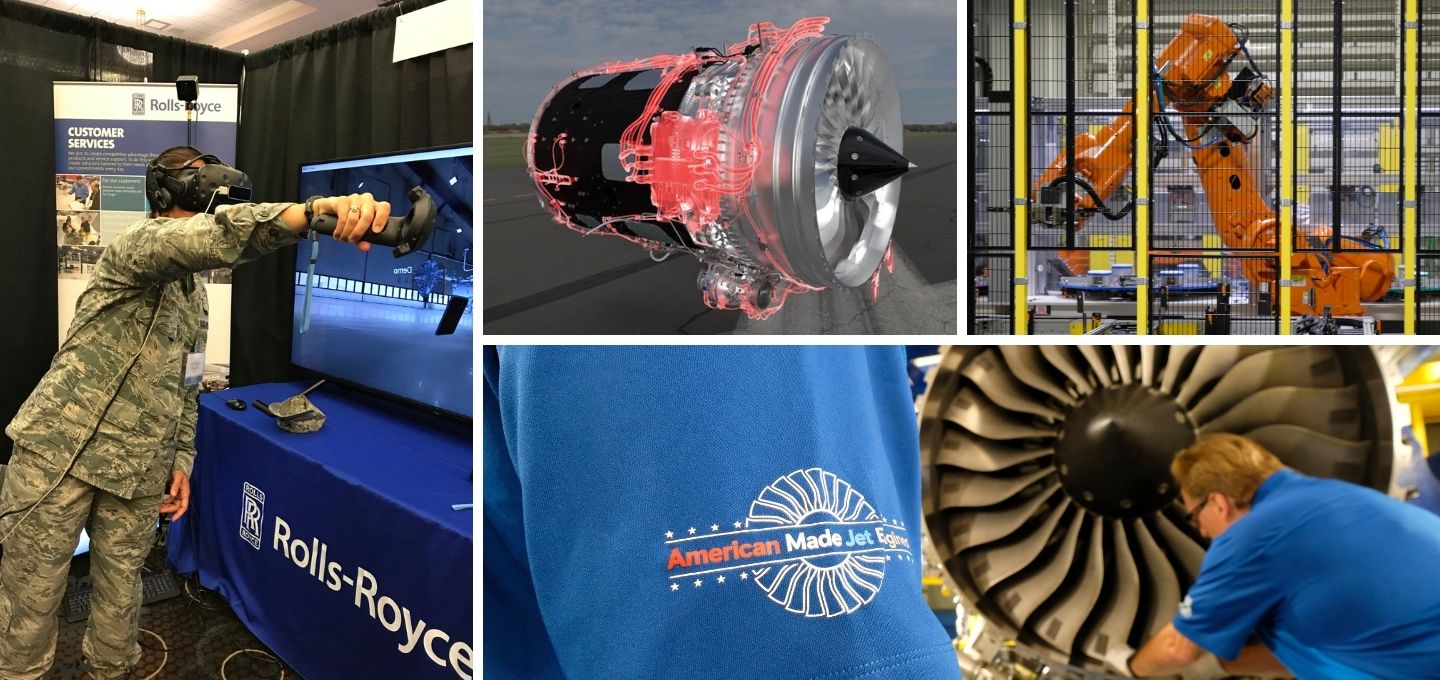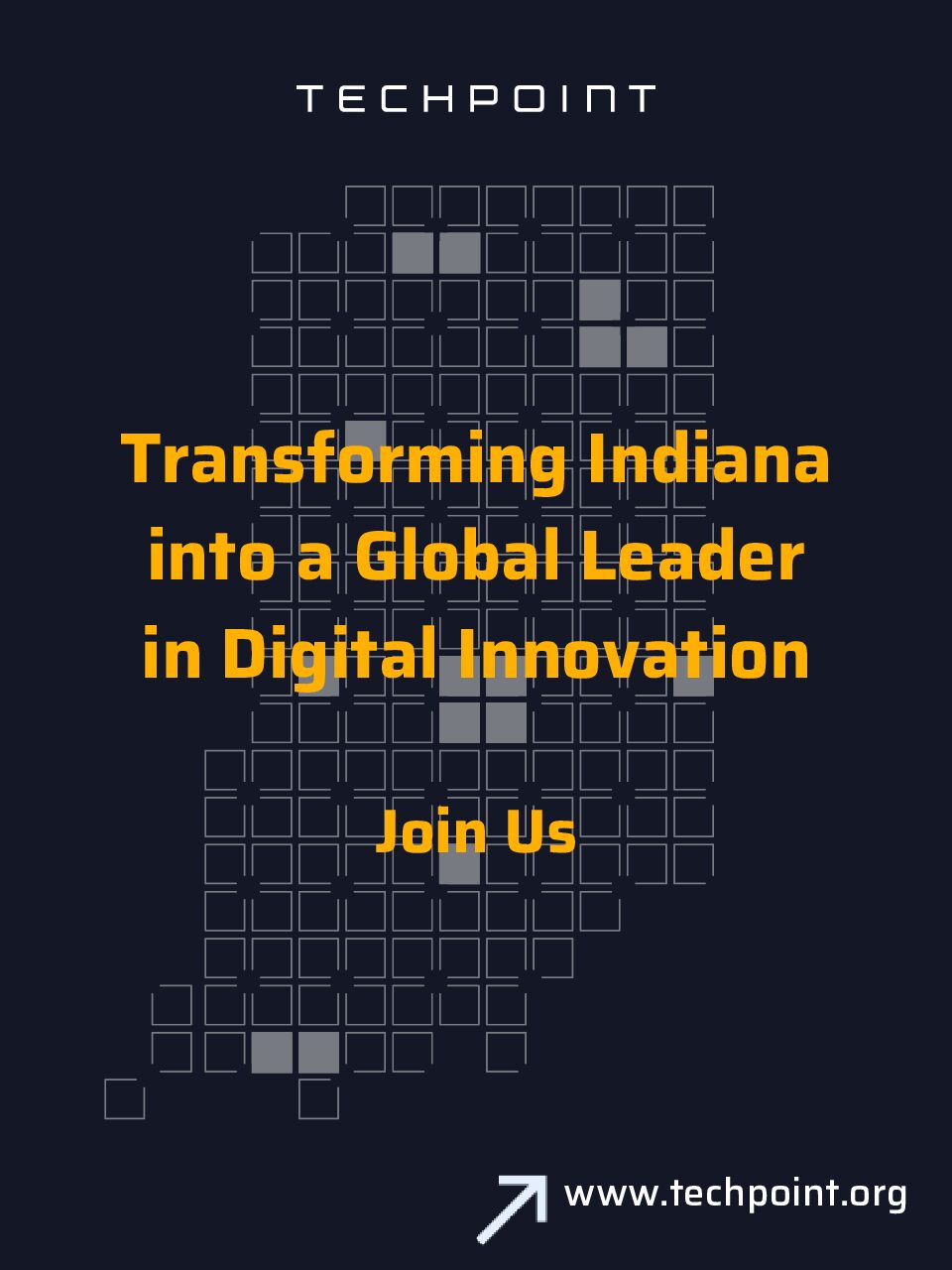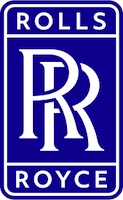Rolls-Royce is winning big through digital transformation, continuous innovation
The world class engineering and manufacturing bonafides of a 117-year-old company like Rolls-Royce are time-honored and unquestioned. But does the aerospace and defense company come to mind when thinking about top tech companies in the great state of Indiana?
If you had asked me a month ago to list the tech companies in the area that are shaping the future of business and industry, I’m not sure Rolls-Royce would have rolled off my tongue. I would be wrong. Dead wrong. And a roundtable discussion with five of the company’s advanced tech leaders opened a window into the past decade of digital transformation that has redefined Rolls-Royce as a beacon of cutting-edge technology and talent.
Tom Bell, Chairman and CEO of Rolls-Royce North America, recently described the Rolls-Royce Indianapolis location as a supercell of technology, from robotics and digital design to its highly effective remote work model where time in the office together is dedicated to collaboration and innovation.
“The ability for us to digitally design, digitally test and digitally prototype products is revolutionary,” Bell said during a Global Business Briefing with Defense One news. “At Rolls-Royce defense we are building, designing and testing whole engines before we ever machine any metal.” The resulting efficiencies are saving time, retooling, and millions of dollars, as well as securing large contracts that benefit the city and state, too.
Much of the aforementioned digital transformation story is illustrated by the U.S. Air Force recently awarding Rolls-Royce a competitive $500 million contract to build and install 608 new engines, plus spares, for all 76 B-52 Stratofortress airplanes that were built in the 1950s and early 1960s. To start, Rolls-Royce plans to hire up to 150 people for new high-wage jobs (many of them technical) related to the B-52 contract. A potential extension for the contract could increase the total value to $2.6 billion and could bring additional hiring.
How advanced visualization has changed the game
To understand the revolutionary technological impact Chairman Bell mentioned, you must first have some familiarity with the legacy manufacturing model. In the not too distant past, companies would design and build parts, like airplane engines, at great expense, and months later, when it was ready to be tested on a real-life airplane wing, they might discover that a critical maintenance tool didn’t fit into the engine once installed. At scale, necessary changes like this add up to millions of dollars in retooling or require the maintenance operations to remove the engine, which is also costly and less than optimal.
“At the Advanced Visualization Lab here in Indianapolis, we frequently refer to tools like virtual reality as ‘zero cost prototyping’,” said Andrew Lowe, advanced visualization capability lead for Rolls-Royce. “Because with stereoscopic 3D and one-to-one scale you have the ability to interact with a product that doesn’t exist yet just like you would in real life. It’s exactly how you would interact with one that was sitting on the table in front of you in the real world. That allows you to bring a lot of your post-delivery life cycle activities into the design phase when everything is much less expensive and less costly in other areas too, like time and resources.”
Rolls-Royce notes that VR technology was crucial in the design and development of the new B-52 engines for the Air Force, and digital testing played a significant role in reducing risk and cost. VR also is important for maintenance, helping Air Force ground crews learn and understand engine design and parts more quickly, safely and efficiently, while reducing costs.
Embracing innovation and new technologies at every level
The B-52 examples, however, are just the tip of the iceberg in the Rolls-Royce digital transformation journey. The Advanced Visualization Lab has been experimenting with VR and augmented reality as well for many years, but in the last couple of years these tools have really been put to the test as the pandemic forced most activities to remote application.
“Our first internal use of VR delivered substantial benefit without even trying” Andrew said. “We were still in the hardware evaluation phase, testing computers with the most complex model we had at the time and demonstrating the technology to engineers to develop use cases. Within the first five minutes of the initial VR demo of that complex model, engineers found $95,000 worth of fixes that they simply couldn’t see without VR’s stereoscopic 3D. In the end, we saved $250,000 in direct labor time and an estimated $5 million on that project.”
Additionally, Rolls-Royce just completed a $600 million modernization of its Indianapolis facilities, transforming aging buildings and equipment into an ultra-modern, highly digitalized advanced manufacturing campus. The engineering, design, manufacturing, assembly and test of the B-52 engines will be completed in the new facilities. The Indianapolis manufacturing site is now one of the most modern, high-tech Rolls-Royce facilities anywhere in the world. The upgrade has also helped the company make significant progress in its goal to reach Net Zero carbon emissions in its operations by 2030.
The Advanced Visualization Lab is also leveraging VR to create a “virtual factory” that’s looking at the ergonomics and flow of materials so that the construction phase is streamlined and right from the start.
“In the context of using digital across the product lifecycle, we’ve kind of taken it to the next level,” said John Matlik, engineering digital transformation lead for Rolls-Royce. “The advanced tech we’re using to make better products faster extends all the way to the environments where we’re manufacturing and assembling them, and I think that’s something new hires and tech job seekers are going to find appealing.”
In a market (or let’s face it, a global economy) where everyone is competing for the top tech talent, companies that can’t prove their continued relevance in the tech space are at a disadvantage. And a 117-year-old aerospace and defense company like Rolls-Royce might always be better known for its engineering feats, but there’s simply no denying that the company is leading its own digital transformation along with its industry’s. Technology talent from new grads to seasoned pros would do well to get themselves into the Rolls-Royce recruitment pipeline if they want to work on the cutting edge of tech in a perpetually growing industry.





